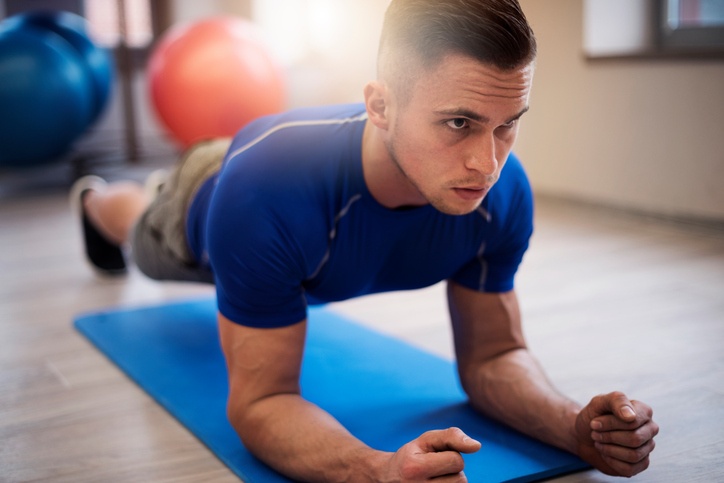 Some of the number-one fitness goals are to strengthen the core, lose belly fat, and get six-pack abs. These are all pretty good goals that can be addressed by a fitness professional and a dietitian, but everyone might not have that luxury. From a traditional perspective, we have mainly used a few ab exercises such as crunches, sit-ups, and variations of them. For the most part, these are better than the alternative—nothing at all.
Some of the number-one fitness goals are to strengthen the core, lose belly fat, and get six-pack abs. These are all pretty good goals that can be addressed by a fitness professional and a dietitian, but everyone might not have that luxury. From a traditional perspective, we have mainly used a few ab exercises such as crunches, sit-ups, and variations of them. For the most part, these are better than the alternative—nothing at all.
But what if there is a way to get more out of your workouts that allows you to get core exercise without doing sit-ups and crunches? If you are tired of the same old ab routine, or if you are finding it hard to get to the floor to do exercise, this may be exactly what you need to know to break plateaus and possibly change your life.
How You Use Your Core
Out of the many instances in which you use your core (basically your torso, minus your arms and legs), you could find occasions where you use sit-up movements, but not to the extent that we train them (hello 300 sit-ups, yes we are looking at you!). Overall, normal functions include standing; walking (sometimes up and down stairs); sitting at a desk, in the car, or in a recliner; and standing some more. The core really doesn’t move that much; however, it does stabilize all the time. Therefore, it would make sense to train for stability rather than movement, at least some of the time. This is true for everyone from beginners to seasoned athletes, and from young to elderly. Core stability is a part of your life and you use it all the time.
Before I talk about these exercises, know that good form and good posture is the backbone that makes this all work. This goes for every exercise, but also includes standing, walking, and sitting. People tend to slouch, mainly because it’s easier to do than sitting up or standing tall with good posture. Unfortunately, slouching does not activate the core at all. Good posture, however, allows the core to engage (which also helps in the calorie-burning process throughout the day). Focusing on this daily will help strengthen the core, even when you are not at the gym.
Core Exercises and Techniques
In addition to focusing on posture, you can easily add several other exercises and techniques to any routine.
- Plank: Create a plank with your body. Your back must be flat; if not, you can go to your knees or introduce an incline. Proper form is imperative. To increase the difficulty, I suggest adding a leg-lift motion, alternating legs.
 Anti-rotational holds: Using either a cable machine or bands, stand perpendicular to the anchor point while holding your handle directly in front of your midpoint. To increase the intensity, I suggest introducing a kneeling or half-kneeling position, making the core work even harder.
Anti-rotational holds: Using either a cable machine or bands, stand perpendicular to the anchor point while holding your handle directly in front of your midpoint. To increase the intensity, I suggest introducing a kneeling or half-kneeling position, making the core work even harder.- Suitcase carry: This is an adaptation to the farmer’s carry. Instead of using two balanced weights, I suggest using only one weight on one side (think about carrying a heavy suitcase through the airport). Try to keep the top of your shoulders parallel to the ground. To increase the intensity, I suggest trying the same walking pattern, but on a narrow line. This will enhance the balance difficulty. You can also go in reverse!
- Single-arm dumbbell press: This is a spin on a traditional exercise, the chest press. Using a flat bench and only a single dumbbell, proceed to doing a normal press pattern. If you place your other hand on your stomach, you should feel muscles in there working to keep you from rolling off the bench. You will have to engage your core to maintain posture, though. Be sure to keep your head, back, and feet in contact with the bench and floor respectively.
- Overhead sit and stand: What is more functional than sitting and standing? In order for you to sit and stand, your core is engaging constantly. To increase the intensity, begin by sitting and standing without using your hands. Once that is easy, try holding a weight plate or medicine ball overhead while you sit to the box and stand. Notice how much more your core is working?
As you can see, several exercises and techniques are available to assist your core training regimen. Adding one or more of these will add some much-needed diversity that will not only keep you interested in exercise but also able to break through plateaus that may have been giving you trouble for years.
If you want more information, contact a fitness professional or personal trainer at NIFS to develop a strategy to build your own core exercise knowledge library.
Knowledge is power.
This blog was written by Thomas Livengood, Health Fitness Instructor and Personal Trainer. To read more about the NIFS bloggers, click here.


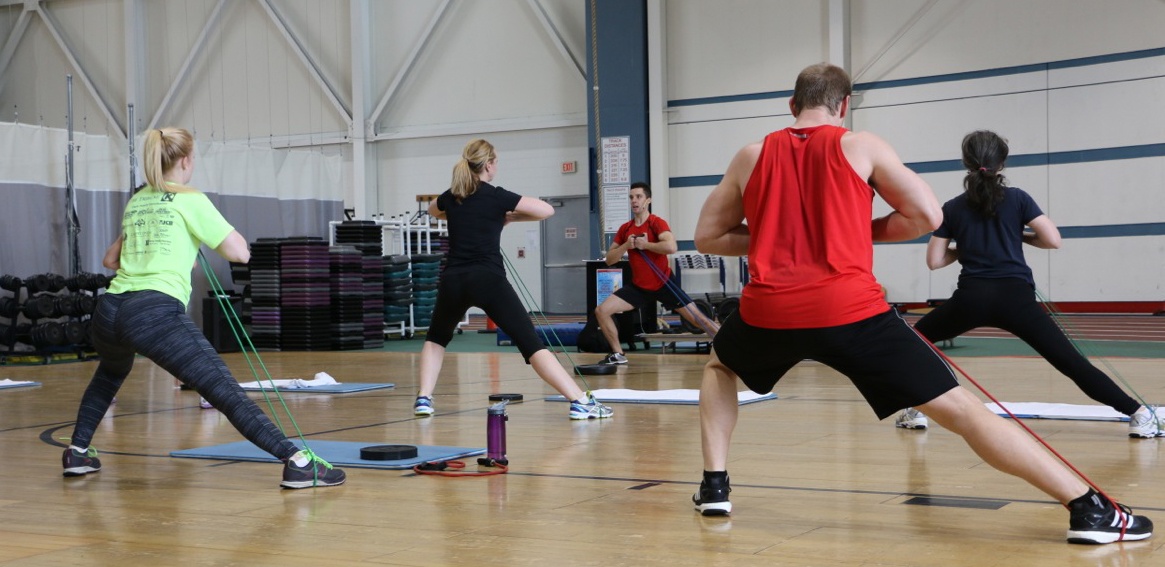

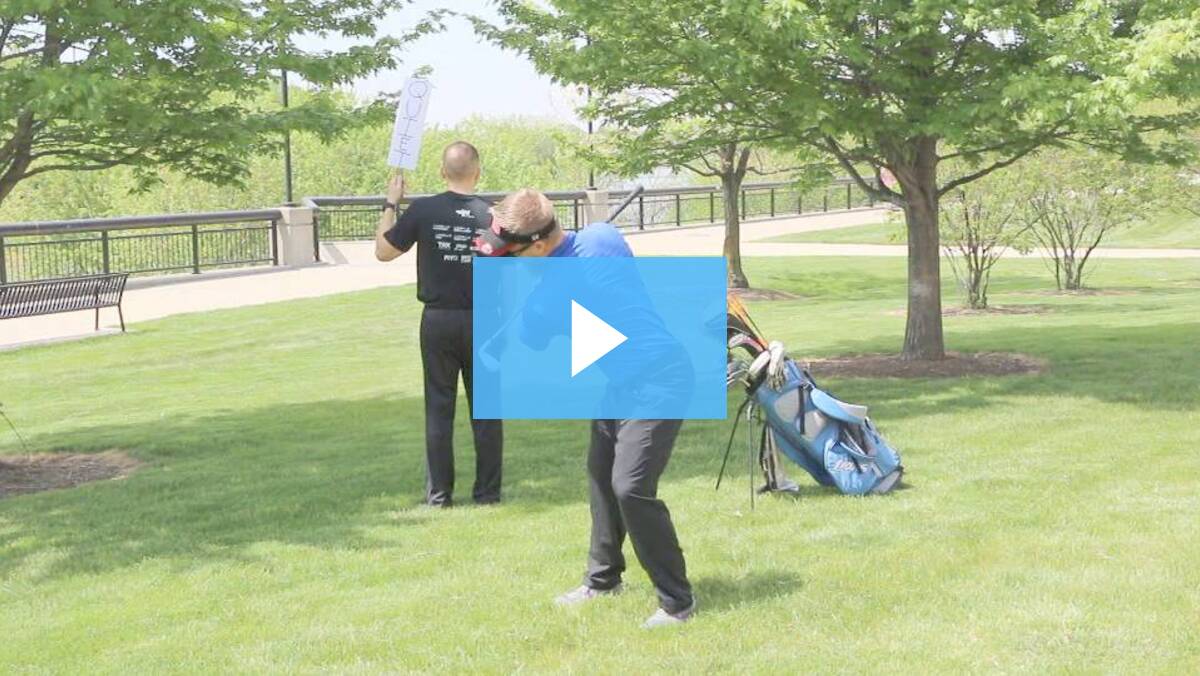
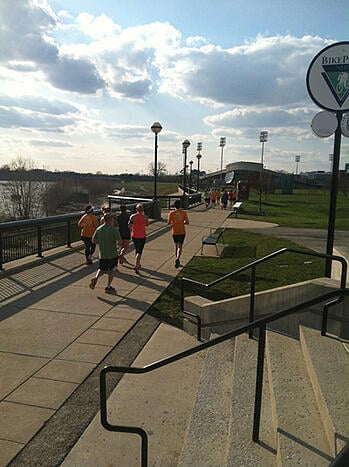 NIFS'
NIFS' 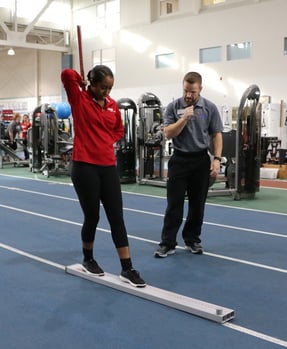 This sits at #1 on the list for good reason. The
This sits at #1 on the list for good reason. The 

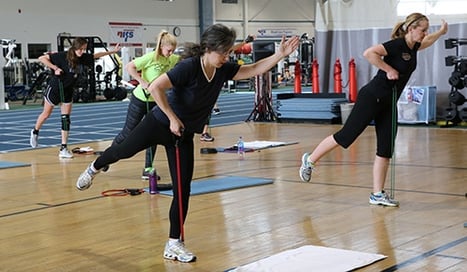 If you take a few minutes to google the various types of fitness training out there, you will come up with a list of about 10 different ones, and then 10 more different variations of each of those. And each year more and more “fitness trends” come out, making it quite confusing for the consumer as to what to choose and where to start. It can be confusing and even frustrating choosing what is right for you and your body.
If you take a few minutes to google the various types of fitness training out there, you will come up with a list of about 10 different ones, and then 10 more different variations of each of those. And each year more and more “fitness trends” come out, making it quite confusing for the consumer as to what to choose and where to start. It can be confusing and even frustrating choosing what is right for you and your body. 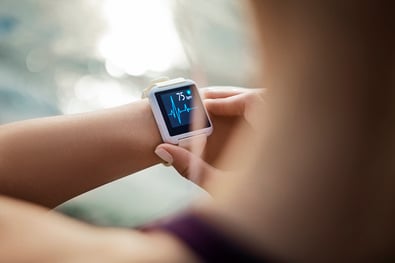 This type of training is specific to each individual and their personal zones. You can read more
This type of training is specific to each individual and their personal zones. You can read more 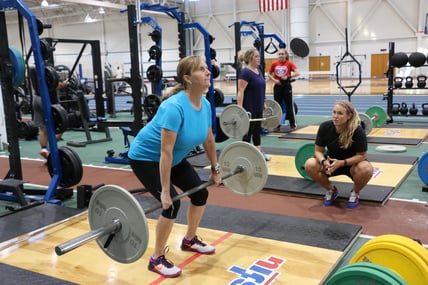 Strength training typically is done with heavy weight but can be done with lighter ones as well. This style of training is directly associated with Newton’s law: mass x acceleration = force.
Strength training typically is done with heavy weight but can be done with lighter ones as well. This style of training is directly associated with Newton’s law: mass x acceleration = force.  Continuing with the Group Fitness Class of the Month series, December is upon us and we are highlighting a new class. Hopefully you had the opportunity in November to do a
Continuing with the Group Fitness Class of the Month series, December is upon us and we are highlighting a new class. Hopefully you had the opportunity in November to do a  PiYo at NIFS
PiYo at NIFS
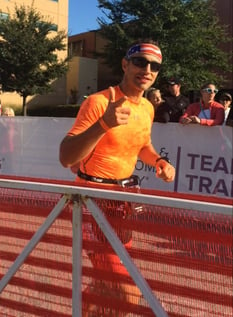 Longtime NIFS Mini-Marathon Prog
Longtime NIFS Mini-Marathon Prog
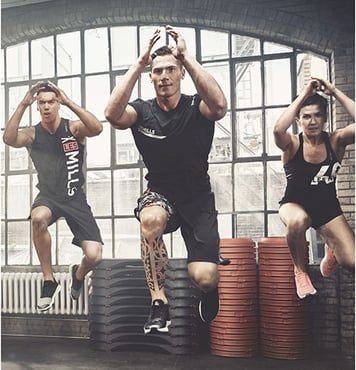

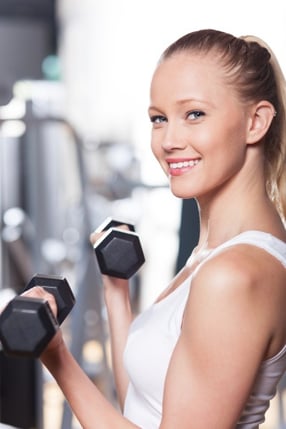 It then dawned on me that if it was uncomfortable for me to maintain good posture for a few seconds, imagine the effect these deficiencies will eventually have on my muscularity, the efficiency of my resistance training in regard to compensation for the targeted muscles, as well as the greater postural deficiencies that naturally occur as we get into our later years.
It then dawned on me that if it was uncomfortable for me to maintain good posture for a few seconds, imagine the effect these deficiencies will eventually have on my muscularity, the efficiency of my resistance training in regard to compensation for the targeted muscles, as well as the greater postural deficiencies that naturally occur as we get into our later years.  Okay, so you may have been hearing the word “PiYo®” circulating these last few months within the world of group fitness. For those of you who feel like you do not completely know what it means or what the class entails, fear not. I guarantee you are not the only one with questions, and as a certified PiYo instructor, I would love to share a few reasons why I teach it, and the benefits that can come from practicing it.
Okay, so you may have been hearing the word “PiYo®” circulating these last few months within the world of group fitness. For those of you who feel like you do not completely know what it means or what the class entails, fear not. I guarantee you are not the only one with questions, and as a certified PiYo instructor, I would love to share a few reasons why I teach it, and the benefits that can come from practicing it. Surprisingly, for many of us (myself included), just using our own bodyweight for certain exercises can be challenging enough. From moves like triceps pushups, to lunges, to side planks, 140+ pounds begins to feel really heavy really quick! PiYo® takes many of these simple-to-learn yet challenging moves and combines them with aspects such as “time under tension” and dynamic pulses to keep the body moving the whole time.
Surprisingly, for many of us (myself included), just using our own bodyweight for certain exercises can be challenging enough. From moves like triceps pushups, to lunges, to side planks, 140+ pounds begins to feel really heavy really quick! PiYo® takes many of these simple-to-learn yet challenging moves and combines them with aspects such as “time under tension” and dynamic pulses to keep the body moving the whole time.